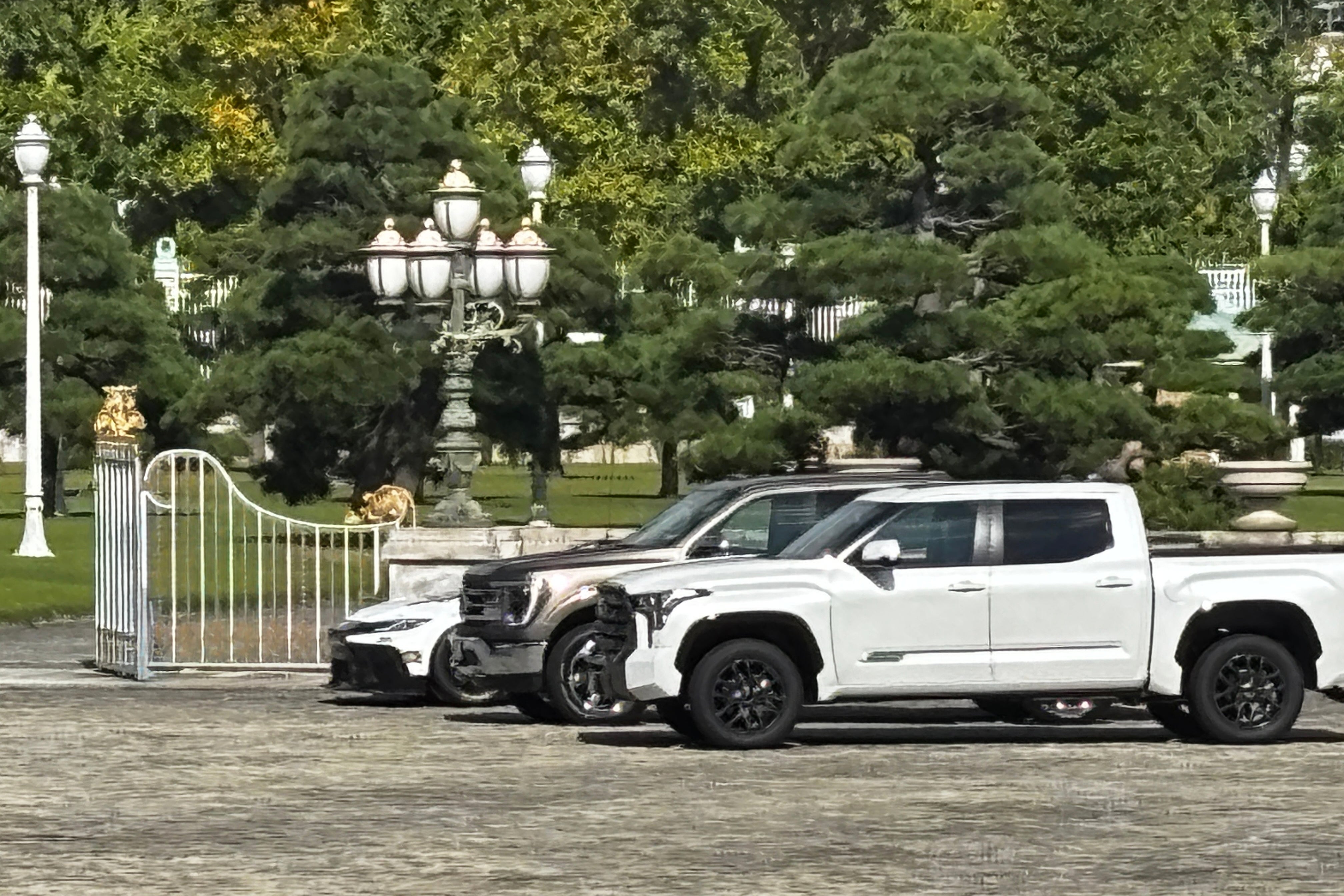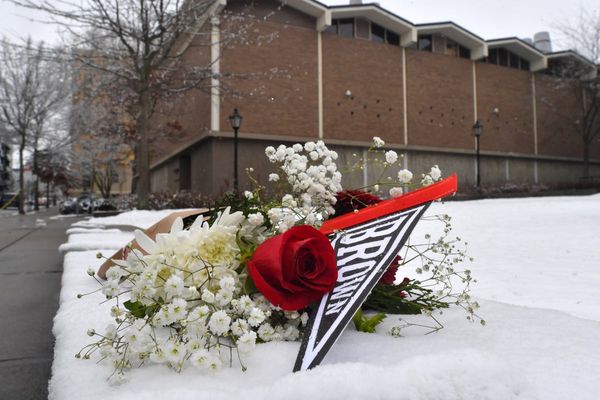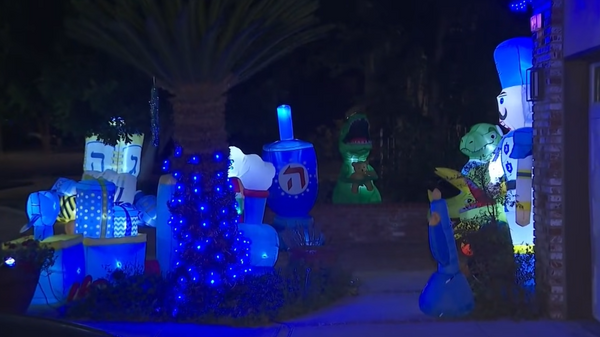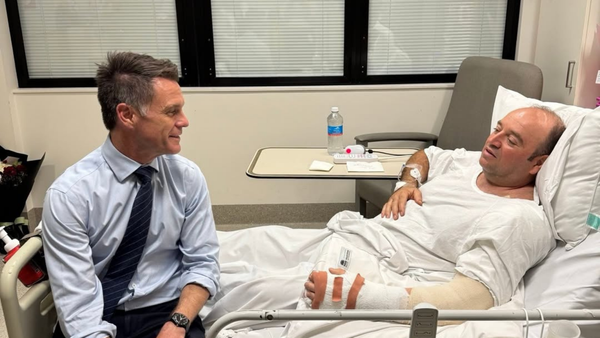While Japan is known for its compact vehicles, Prime Minister Sanae Takaichi presented a different image to build rapport with visiting U.S. President Donald Trump this week.
She strategically placed U.S.-made cars, including an enormous American Ford F-150 truck, in the courtyard of Akasaka Palace for their initial talks.
A fan of the F-150, Trump has welcomed the possibility of Japan buying dozens of the pickups, having often complained about the lack of American cars and strict safety standards in the country.
However, the scarcity of large American automobiles in Japan may stem from more practical reasons, including local tastes, road conditions, and marketing, rather than solely regulatory hurdles.
The trucks may be too big for Japanese roads

Japan is smaller than California, there is limited parking and many streets here are very narrow.
Consumers seem to prefer compact or mini cars that can easily navigate the crowded, narrow roads. Those who can afford more expensive foreign cars tend to go for compact or medium-size vehicles from Europe, such as Mercedes-Benz, BMW, Volkswagen and Audi.
Except for American-produced Japanese cars such as Honda, Mazda and Nissan, the top-selling American brand is Jeep, according to the Japan Automobile Importers Association.
Many American cars have their steering on the left side, the opposite of the standard right-side steering in Japan, where expressway tolls are on the right side, for instance. Lower mileage and lack of maintenance and service networks also help explain why American brands except for Jeep have struggled in Japan.
“Why don't American cars sell well in Japan? Because they lack understanding for road conditions and housing situations, as well as energy conservation,” former Prime Minister Shigeru Ishiba told parliament in April.
Trump loves the idea, but it's unclear how Japan will respond

When Trump heard of the Ford truck idea as he flew to Asia on Air Force One, he reacted enthusiastically.
“She has good taste,” Trump told reporters of Takaichi. “That’s a hot truck.”
The underlying context is Takaichi's need to figure out how to navigate the complex trade relationship that Trump shook up earlier this year with tariffs.
Trump wants allies to buy more American goods and also make financial commitments to build factories and energy infrastructure in the United States.
Japan’s previous administration agreed in September to invest $550 billion in the U.S., which led Trump to trim a threatened 25% tariff on Japanese goods to 15%. But Japan wants the investments to favor Japanese vendors and contractors.
In Japan, sport utility vehicles and are becoming popular among people with families and for outdoor activities such as camping, but buyers often go for more stylish, smaller models.
Ukraine war latest: Trump warns Putin ‘we have a nuclear submarine off your shore’
Trump hints at third term while signing rare earths deal with Japan PM: Live updates
What we know about Putin’s nuclear Burevestnik missile with ‘unlimited range’
Two Illinois National Guard members vow to defy Trump’s orders
How redistricting battles are shaping US congressional maps nationwide
Republicans get an unexpected ally in ending the government shutdown: federal workers







